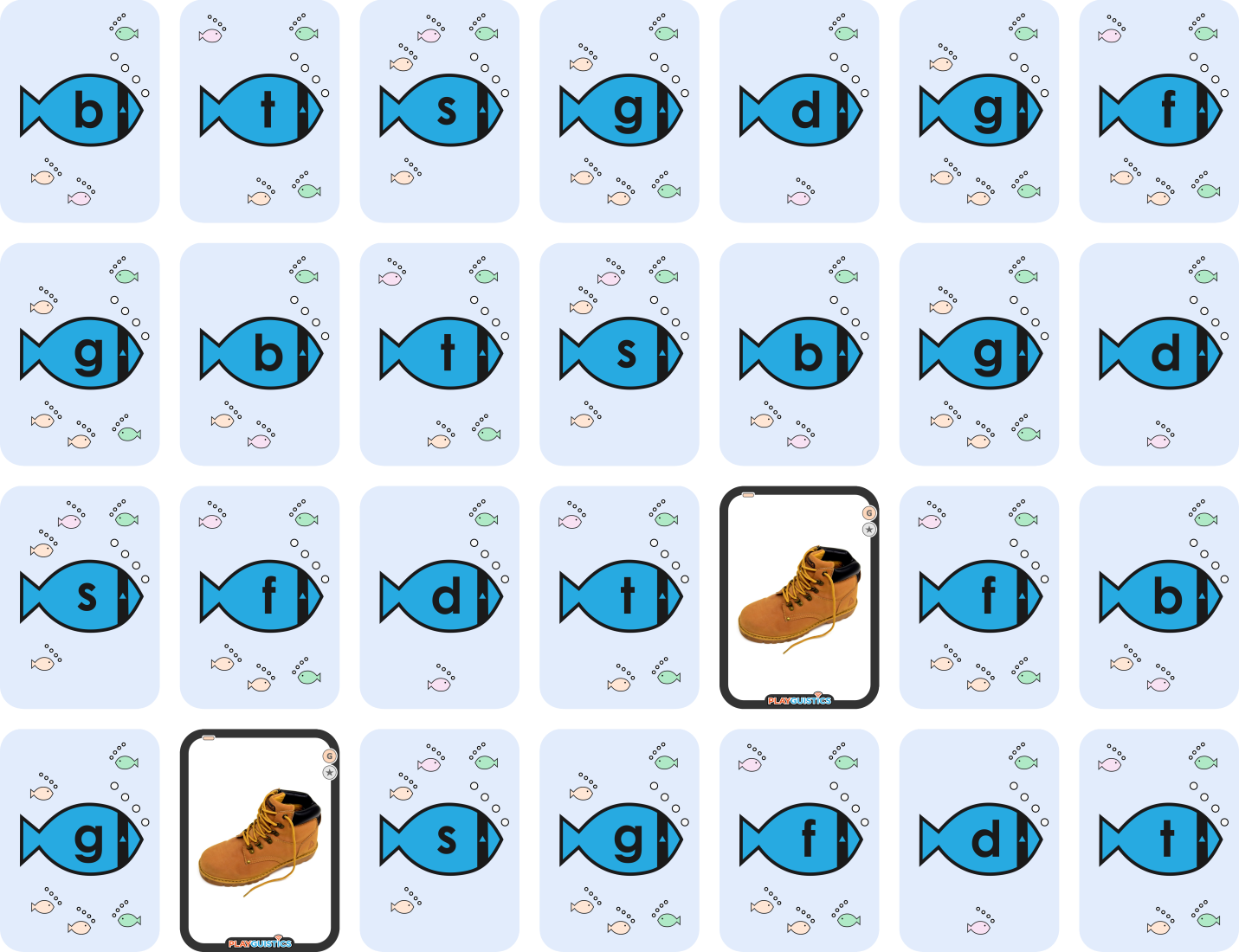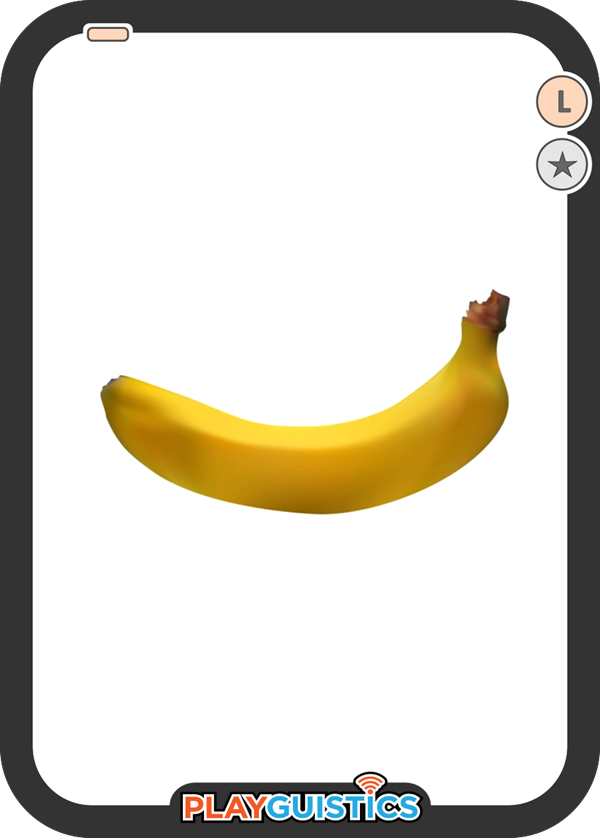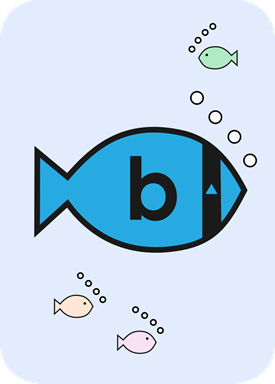About This Activity
|
Overview The Phonics Memory Card Game is an excellent way to help students develop their phonemic awareness. Played just like the classic game Memory, the game intuitively lead younger English beginners to start to notice the differences between similar letters in the alphabet used by English. |
|
|||
|
Front of Phonics Fish
|
Back of Phonics Fish
|
Front of Phonics Fish
|
Back of Phonics Fish
|
|
Methodological Background While the differences between a b and a d may seem obvious to adults, children at a early developmental stage always struggle to differentiate between the two. This game will provide children aged 3-5 the opportunity to practice differentiating between similar letters while playing a fun and stimulating game. In addition to b & d, the provided recommended card desks are designed to specifically draw attention to the differences between f & t, b & p, and m & n. |
|
|||
Preparation
Memory is played with a set of cards in which there are a pairs of two of each type of card. Generally, the deck would need to have at least 16 cards for the game to be interesting to play, but for most students, a set of 25-36 cards would ideal.
You can set this game up for your students by creating your own custom deck with cards from the various available printable Phonics Fish sets or use one of the prepared sets of Phonics Memory cards we've created.
How To Play
The game is played by laying down the set of cards face-down and then flipping over two cards at a time. If the two cards flipped over ARE NOT a matching pair, they need to be flipped back to their original face-down position.
If the two cards flipped over ARE a match, the player can keep them flipped face-up. The goal of the game is to get all the cards flipped face-up.

The game is usually played independently by a single player. However, it is possible for a teacher to have students play in pairs or groups, taking turns flipping cards over.




